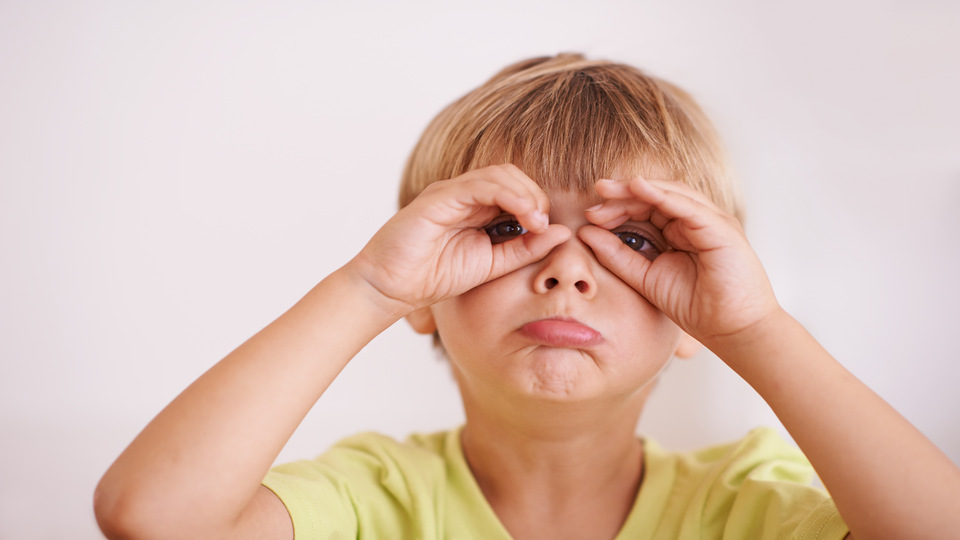Temporary Blindness
23/04/2025

25/04/2025
Lazy eye, or amblyopia, is an eye condition in which vision doesn’t develop well. It usually affects only one eye but can sometimes be bilateral.
Vision develops in kids from birth up to 5–6 years of age. If something interferes with this development, lazy eye may appear.
The most frequent causes include:
It is also important to rule out other conditions that may cause lazy eye, such as:
Because of these possibilities, a comprehensive eye checkup—including vision testing, prescription assessment, and complete eye health—is essential before the age of 5.
Since lazy eye typically affects only one eye and occurs in small children, they rarely complain of poor vision. That’s why all children should be screened before the age of 4–5, even if they show no symptoms.
Treatment for Lazy Eye
Lazy eye treatment depends on its cause. Most cases are treated with:
It is important to know that lazy eyes or amblyopia can be solved if it is treated in the right way at the right time, but beyond this age there is no solution.